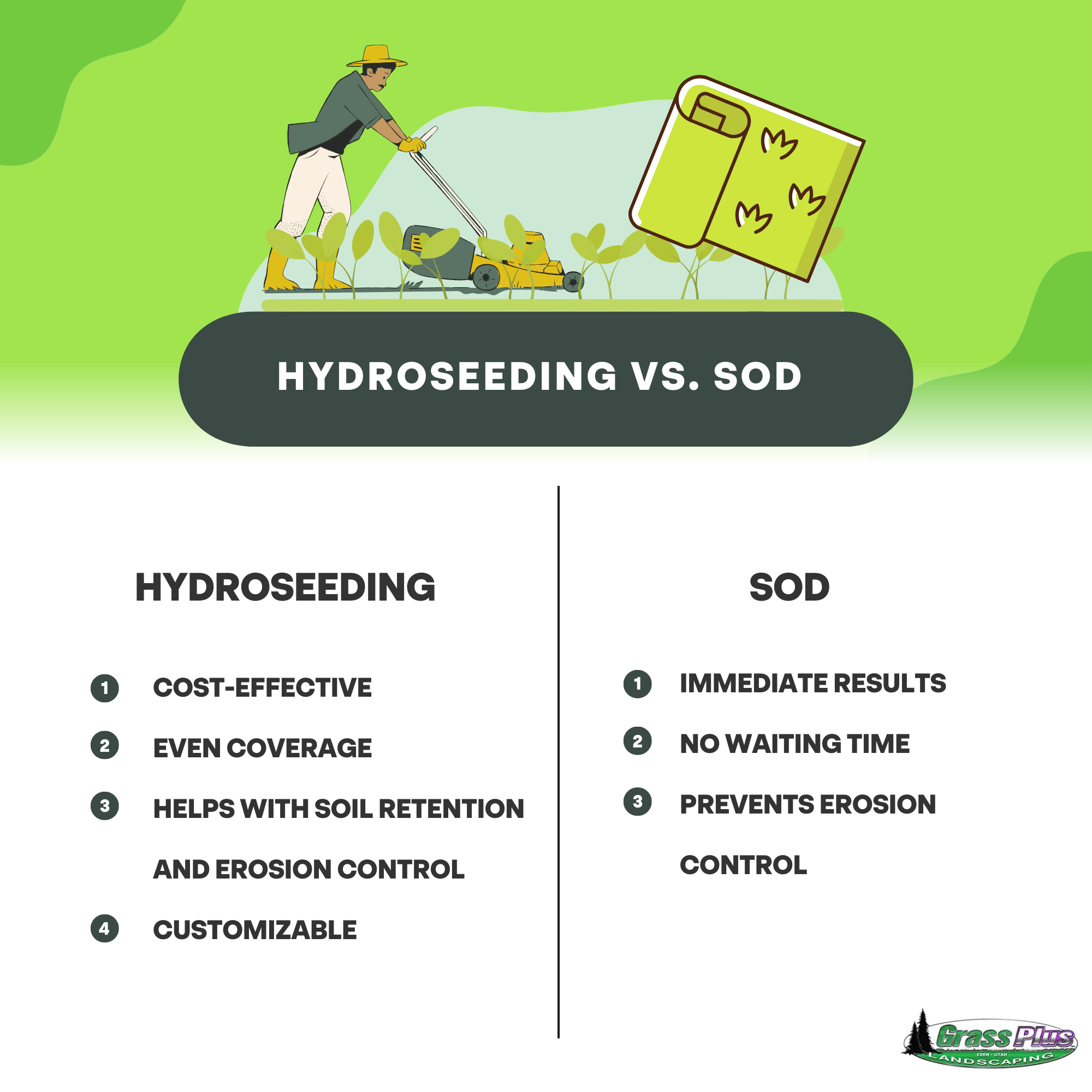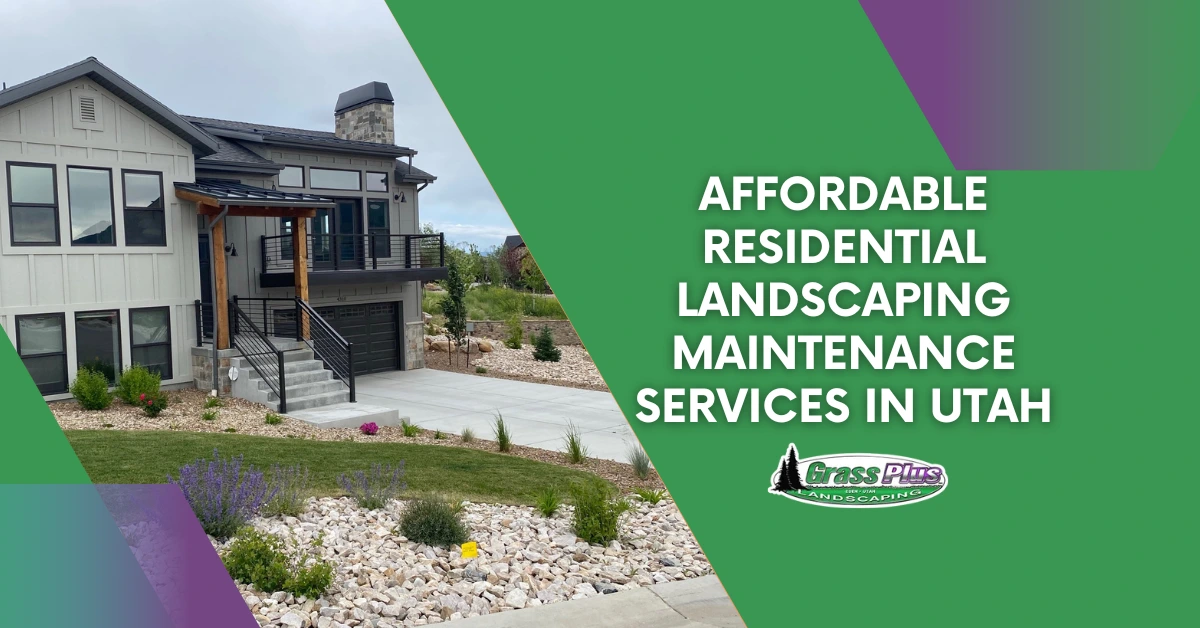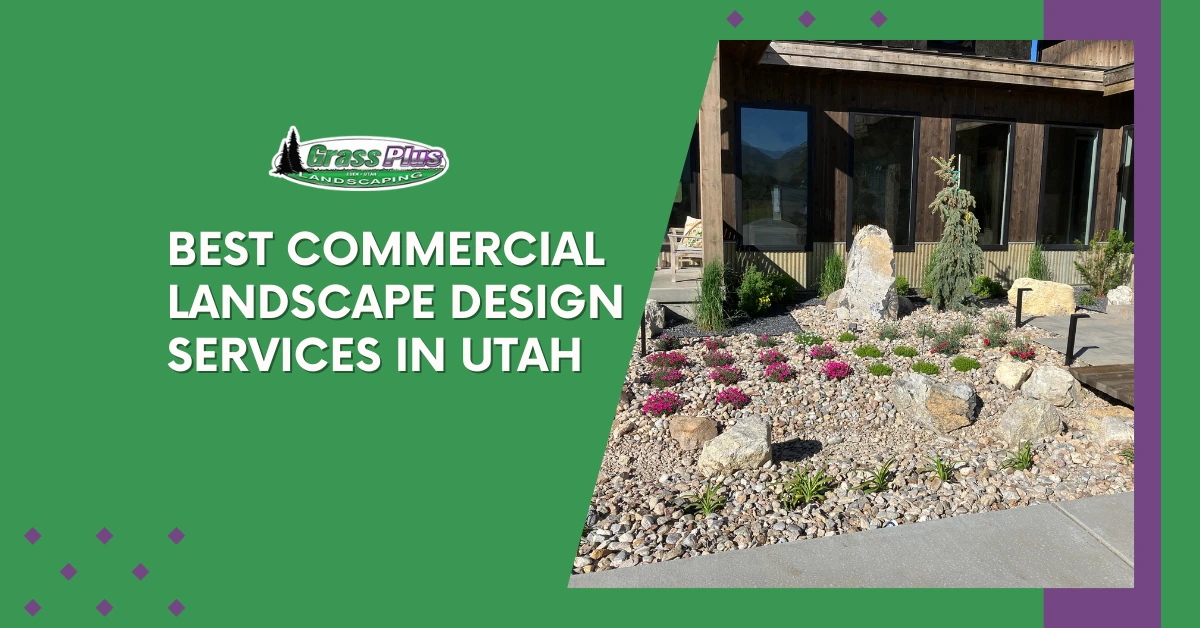There are various methods to choose from for a vibrant lawn. Two popular options are hydroseeding and sod installation. While both can give you a beautiful, green yard, they differ in how they are implemented and the results they produce.
Hydroseeding is a process where a mixture of water, grass seed, fertilizer, and other additives is sprayed onto the soil. This method is often preferred for its ability to cover large areas quickly and evenly. On the other hand, sod is a ready-to-use grass that is grown on a separate farm and then transplanted onto your lawn. It provides instant results, giving you an already mature and established lawn.
The Pros and Cons of Hydroseeding
 Hydroseeding has gained popularity in recent years due to its effectiveness and cost-efficiency. To help you decide whether this method is right for you, let’s explore its advantages and disadvantages.
Hydroseeding has gained popularity in recent years due to its effectiveness and cost-efficiency. To help you decide whether this method is right for you, let’s explore its advantages and disadvantages.
Advantages of Hydroseeding
1. Cost-Effective
When it comes to hydroseeding cost vs. sod, the latter is generally more affordable. This is why, it’s a great option if you are on a budget.
2. Even Coverage
The hydroseeding mixture ensures that the grass seed is spread evenly across the entire lawn, resulting in consistent growth and a uniform appearance.
3. Helps With Soil Retention and Erosion Control
The mulch in the hydroseeding mixture helps retain moisture in the soil, promoting seed germination. It also prevents soil erosion, protecting your lawn during heavy rain.
4. Customizable
Hydroseeding allows you to choose from a wide variety of grass seed types, letting you select based on your lawn’s needs and local climate.
Disadvantages of Hydroseeding
1. Longer Germination Time
Compared to sod, hydroseeding can take longer for the grass to fully establish, requiring patience as you wait for the lawn to grow.
2. High Maintenance
Hydroseeded lawns typically require more attention, including regular watering, fertilizing, and weed control, to ensure successful growth.
The Pros and Cons of Sod
Sod, being a fully grown grass, offers instant beauty for your lawn. However, it also has its own set of advantages and disadvantages. Let’s take a closer look at them.
Advantages of Sod
1. Immediate Results
The most significant advantage of sod is the instant gratification it provides. Once installed, you have an instantly green and usable lawn.
2. No Waiting Time
Unlike hydroseeding, which requires waiting for the grass to grow, sod gives you the freedom to enjoy your lawn right away, saving you time and effort.
3. Prevents Erosion Control
Sod acts as a natural erosion controller, preventing soil movement and protecting your yard, making it an ideal choice for properties prone to soil erosion.
Disadvantages of Sod
1. Higher Cost
The cost of hydroseeding vs. sod differs significantly as sod installation can be more expensive, primarily because of the additional labor involved in laying the pre-grown grass.
2. Less Variety
Unlike hydroseeding, which offers a wide selection of grass types, sod limits your choices to the varieties available from local suppliers.
3. Risk of Transplant Shock
Since sod is uprooted from a different location and transplanted onto your lawn, there is a risk of transplant shock, which may result in some sections of the sod not taking root and dying.
Which One Should You Choose for Your Lawn?
The choice between hydroseeding vs. sod ultimately comes down to what you need and want as a homeowner. To help you make an informed decision, consider the following factors:
Choose hydroseeding if:
- You have a limited budget and are willing to wait for the results you are expecting.
- You desire a customized lawn and want to select from a wide range of grass seed options.
- Your primary goal is to prevent soil erosion and retain moisture in the soil.
Choose sod if:
- Time is a priority for you, and you want an instantly green and usable lawn.
- You are willing to invest in a higher upfront cost for the convenience of having an established lawn without the need for extensive maintenance.
- Your property is in an area prone to soil erosion and requires immediate protection.
Still Unsure About Which Option to Pick?
Consider the following:
- If the cost is a significant concern, compare the expenses of hydroseeding and sodding in your area. Hydroseeding vs. sod cost can vary depending on factors such as lawn size and location.
- Evaluate the long-term costs associated with each method. While hydroseeding may be cheaper initially, sodded lawns often require less ongoing maintenance.
- Think about your personal preferences and the value you place on having an instantly green lawn versus the satisfaction of watching the grass grow and develop.
Conclusion
Sod vs. hydroseeding is a choice that requires careful consideration of your budget, time, and aesthetic preferences. While hydroseeding offers a cost-effective way to establish a customized lawn, sod provides instant beauty and erosion control. Ultimately, the best option for your yard depends on the trade-offs you are willing to make.
Get Expert Landscaping Solutions With Grass Plus, Inc.
If you’re looking for Utah hydroseeding services, get in touch with Grass Plus, Inc. We provide a wide array of landscaping solutions to meet your needs. Contact us today!





